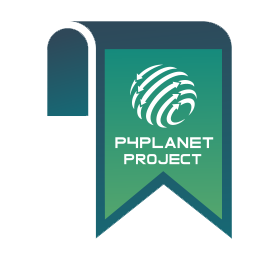About
ELECTRA demonstrates that electric heating can substitute fossil fuels in the cement, lime, and pulp industries.
ELECTRA develops and validates in real life emission-free, electrically heated cement, lime and lime mud production process in MW scale capable of reaching temperature up to 2000°C. By using low-emission electricity instead of combustion for decomposing calcium carbonate, and by capturing the carbon dioxide produced in the production process, it is possible to run plants with close to zero carbon dioxide emissions providing even negative-emission products for the society. Successful implementation of the ELECTRA concept will eliminate fuel-related CO2 emissions, and in addition, unavoidable calcination-related CO2 is captured efficiently and at low costs, resulting in over 90% total CO2 reduction and even enabling negative CO2 emissions across the targeted industries.
Scalability and replicability is showcased by the platform-based solutions offering modularity, and the possibility is there to run in various hybrid modes in a transition period, lowering initial CAPEX. They allow for both new electric installations and revamping of old ones. Platform-based modular automation practices can potentially accelerate electrification by up to 5 years. Different applications also require different properties for the product and therefore variations of electrically heated processes are developed to support and complement MW scale demonstration. Replacing combustion processes with electricity-based solutions and significantly increasing emission-free electricity production is an effective means of mitigating climate change. As one of the ingredients for concrete, cement is the world’s most used building material and globally the largest CO2 emitter of all industrial sectors.
The results of ELECTRA contribute directly to the ambitious goal of eliminating direct CO2 emissions from the lime, pulp and cement industries. The developed fully electrified solutions for calcination and clinkering will offer competitive option for decarbonation for these industries.

